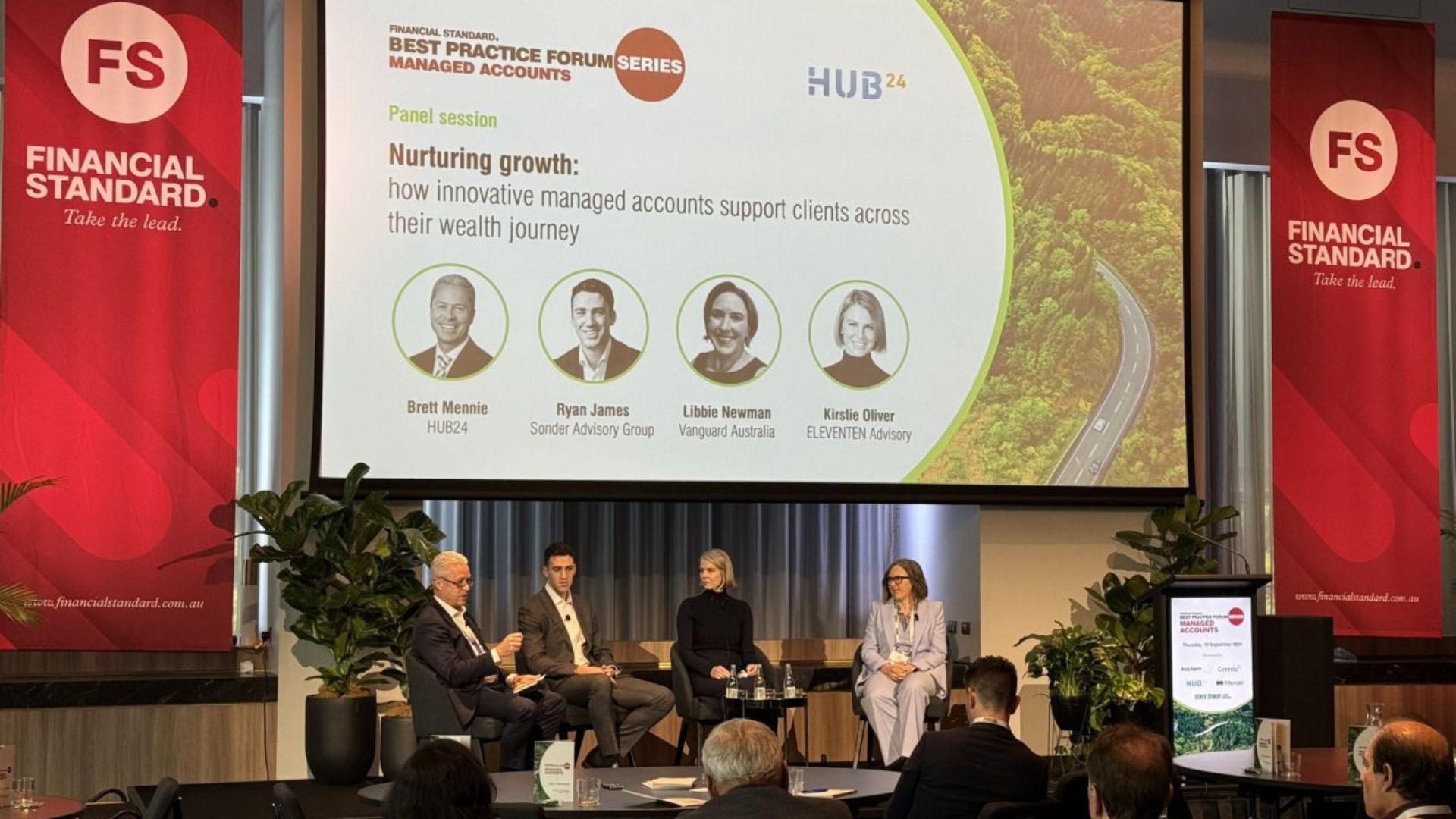The market-leaders in the managed portfolio space already allow group and individual tilts (including stock exclusions) at the individual client level. These changes will allow for further customisation of portfolios without additional complexity, and more client-focused outcomes for investors and greater efficiencies for advisers in dealing with unique client requirements.
Not all clients are the same and not all of them view investing the same way. The technology underpinning contemporary managed accounts will allow far greater flexibility and tailoring of portfolios to an individual investors’ preference. Mass customisation is one of the next big technology-enabled developments in managed portfolios, with advisers able to customise portfolios to exclude specific market sectors, or even specific stocks, according to clients’ instructions, whilst getting the benefit of the investment managers’ intellectual property.
Technology has been transforming and democratising financial services globally. Too often, retail investors get left behind when it comes to accessing the most cutting edge technologies and investment strategies. Technology is changing that by providing managers with the supervisory capabilities to navigate an evolving regulatory environment, and empowering advisors with institutional quality risk analytics and modelling tools to better meet client needs. Digital advice is not just a millennial phenomenon – good technology finds its way into the hands of all different generations.”
Kathryn Barnes, Head of Digital Strategy, BlackRock Australia
Technology advances will provide far greater flexibility, and therefore superior client outcomes, in model portfolio implementation. For example, instead of a client buying into a fully valued security in a model portfolio, the managed account will facilitate a deviation from the model to allow the client to buy an alternative security. Then, if the valuation, timing and tax factors are right at a later date, the client can transition to the model portfolio holding. Or, if those factors cannot be satisfied, the client can continue to hold a slightly modified version of the model portfolio.
A “one-size-fits-all” approach – even in model portfolios – will be a thing of the past, and the client’s ultimate investment outcome won’t necessarily be compromised by quirks of timing and buying fully-valued securities.
At the same time, the further customisation of portfolios and bespoke implementation may support advisers in satisfying their best interests’ duty. In fact, technology may challenge the best interests’ paradigm so that product choice moves beyond simple factors such as price and manager selection.
Want to know more? Access the full whitepaper The Future of Managed Portfolios here.




